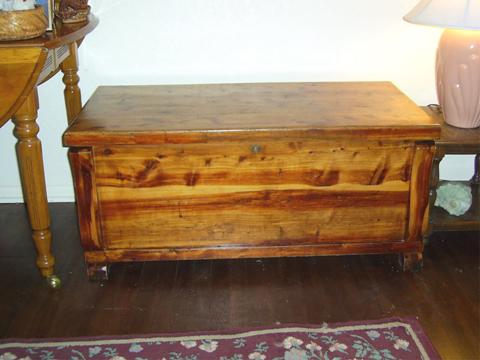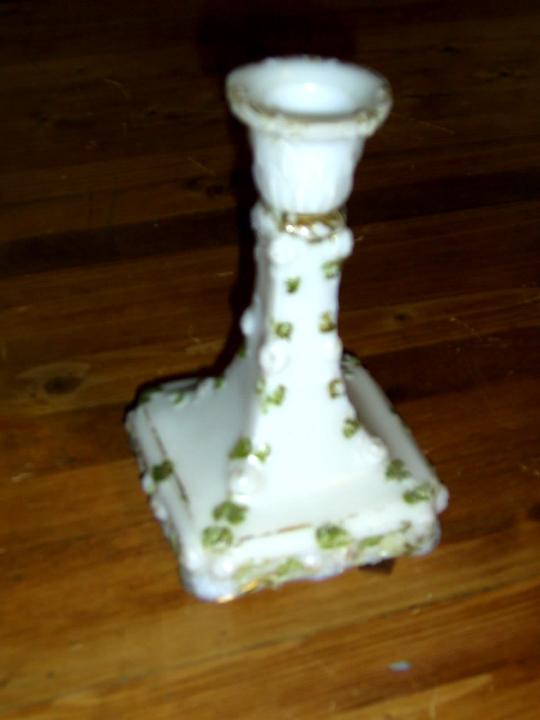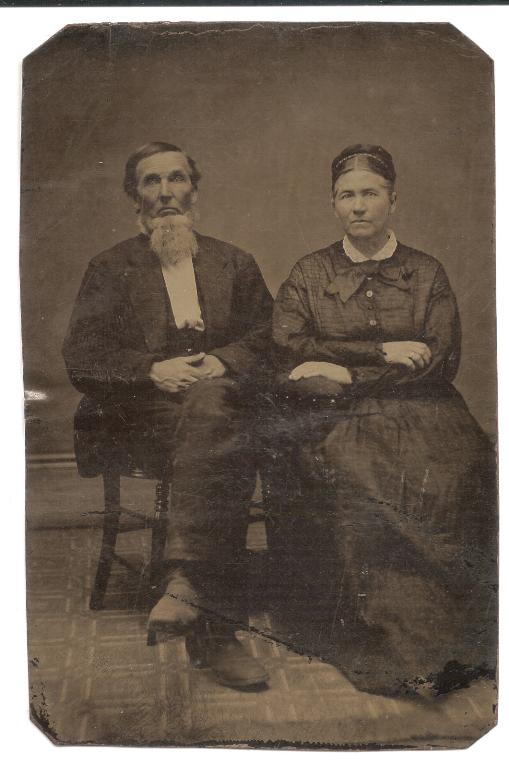Preserving History
By John I. Blair- Recently I’ve been taking advantage of my extended and very flexible hours as a retiree to go closet diving. This year my wife and I celebrated our 44th wedding anniversary; I turned 70 and she turned – well it would be ungentlemanly of me to share that number without permission.
- Bottom line, we’ve had decades to accumulate stuff, and have inherited even more stuff from our parents. We’re overwhelmed – buried – by stuff.
- Fact is, some of this stuff is precious, irreplaceable, family history – stuff future generations will treasure. The trick is to figure out now what’s precious, and to preserve it in a way that will maximize its value to your progeny.
- Old photos are the most obvious category. And we have a sad example of what can go wrong with these. In the top of our bedroom closet we have two large boxes filled with photos from my wife’s family, many of them in elaborate and heavy old gilt metal frames, most of them as sharp and clear as the day they were taken, as much as 100 years and more ago. There’s just one problem – we have no idea who the people are in the photos, because there are no notations, anywhere, of the names, places, and dates for the subjects. While we’re pretty sure they’re family members, they might as well be Lithuanians. (Actually, family lore hints that some of them were Lithuanians.)
- Without the identification (and with the generation of people all gone who might have remembered the names), these wonderful old photos are of little value except as curiosities. A standing reminder to write on those photos you have in your own closet/album/curio cabinet/under-bed box, etc. Forget all those old strictures about not marring the emulsions – the use of a soft lead pencil to carefully write around the edges will damage little and preserve history. Lead (graphite actually) because it doesn’t soak through and is essentially indelible except to the most vigorous eraser.
- Be sure to include all you know about the subjects: full names, when the photo was taken (as nearly as you recall), and where it was taken. If the event is important (a birthday or anniversary party, a holiday, a vacation trip), include that. Take the time to sit down and go through the entire photo collection, adding all this information to every photo for which you can remember. I’ll be honest – I’m still only in the initial stages of this project myself, but eager to pass on my hard-learned wisdom to others.
- Then there are all the other treasures. These may include items of intrinsic value (Great-Grandpa’s Austrian gold wedding band, for example), but always are items associated in some important way with family history. And these may not always be obvious.
- Some of you may be fortunate enough to possess g-g-g-g-g-g grandpa’s Revolutionary War musket. Chances are, if you do, it’s already in a glass-fronted case with an engraved metal plaque on the corner. Things like that tend to be well-preserved in most families.
 | Cedar Chest |
An example: a cedar chest handmade by my father in the late 1920s and used by his sister, my Aunt Madge, for about 60 years.
- Far more likely is that you possess great-great grandma’s hairpin dish (as I do) or her dresser set. Great Grandpa’s rocking chair. Grandma’s dinner table. Grandpa’s humidor.
- Each of these, because of its family association, is, at least potentially, precious, telling us something about the people, about their lives and times, and providing a physical link to ancestors whom, perhaps, you never actually knew in person.
- To maximize their value as family treasures you need to do three things:
- 1. Whatever is necessary to preserve them from decay, or from further decay. In most cases this may involve simply cleaning them and storing them carefully. For some items you may have to call on professional help, such as a dry cleaner for an article of clothing. Many of us have access to local historical museums who can link to you to experts in preservation of old objects.
- 2. Identify them, and their connections to family members and family history, in at least two ways – an unobtrusive label actually affixed to the object, and a record in a well-bound and highly retrievable book or binder or file cabinet that could also include a written family history. This latter at best would be kept in multiple copies so many members of the family could have their own copy. For some items, photos should be a part of the record book or file.
- 3. Work out well ahead of time (i.e., before you die or go into a nursing home or retirement facility) who gets what after you no longer have it. Nobody likes a fight over inheritances; and they can leave a bitter taste that all but ruins the joy of still having family heirlooms. Some people in the next generation may not even be interested in these – others would be devastated if they were forgotten at the time these heirlooms are passed along. And some will have personal associations with certain objects that make them especially precious. Find out about these.
- It’s never too early to start on this effort at preserving history. Especially with the photos! Get the labeling done as soon as you take them. This was much easier in the era when photos were preserved as paper prints. With today’s digital photos, a careful job of providing titles to photo files is about all I can suggest. Again, ask around. Ask experts at archiving. There may be techniques available I’m not aware of.
milk glass candle holder |  |
- Your reward: joys such as that I have of holding an old milk glass candle holder with faded painted roses along its length and knowing that it belonged to my maternal grandmother a century ago, then stood on my mother’s dresser top for 80 years before I inherited it. I keep it locked safely in a breakfront and hope some day to pass it on to one of my own granddaughters, being able to tell her it was her great-great grandmother’s once, in a cypress-built house in Iantha, Missouri.
- At bottom of this column is a photo (from a ferrotype) of my great-great grandfather Thompson Milton Blair and his wife Sarah Elizabeth Linville Blair, taken circa 1870.
ferrotype |  |






No comments:
Post a Comment